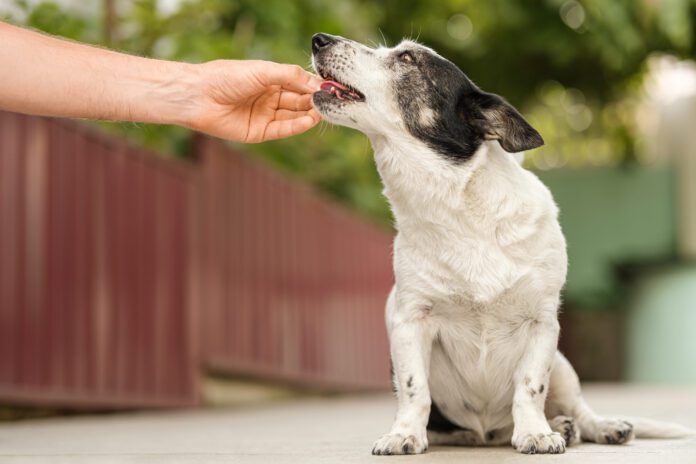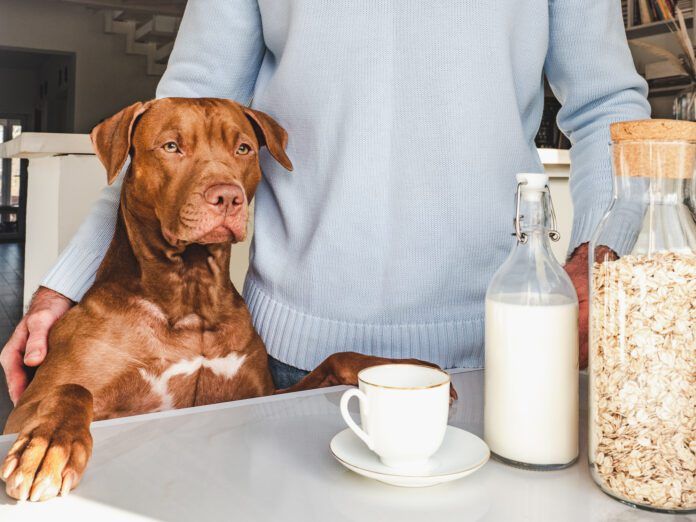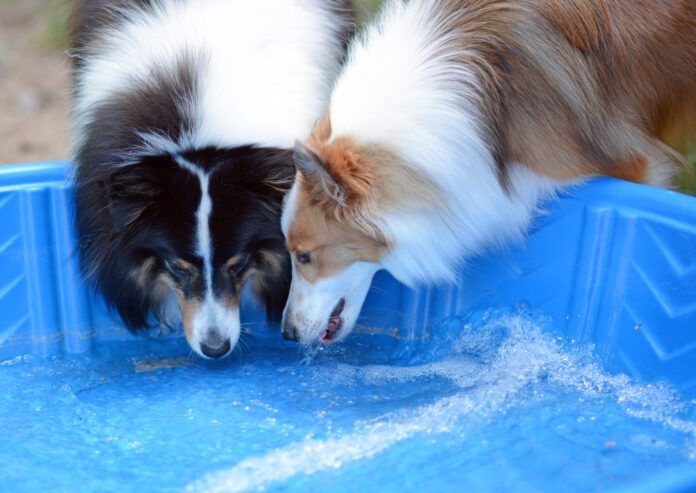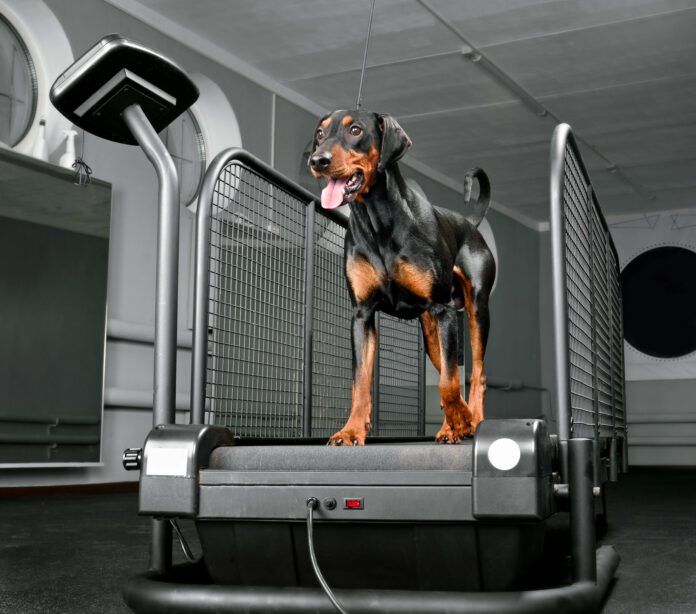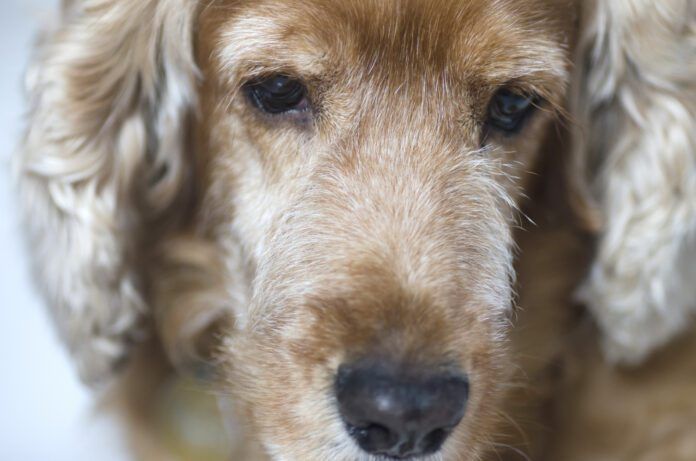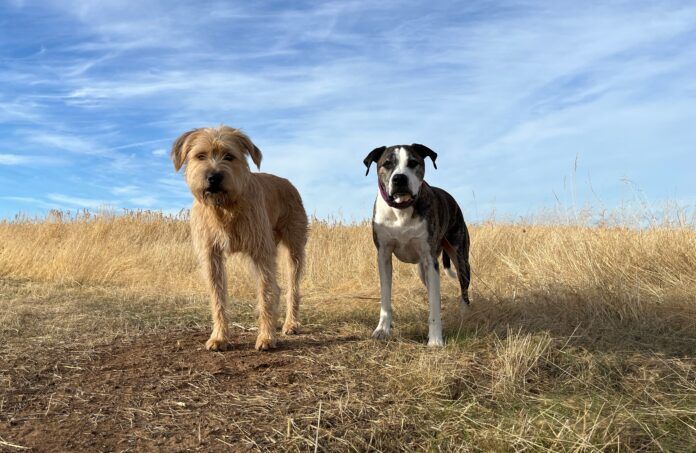What foods are toxic to dogs? More than you may realize! While ingesting something he shouldn’t, like a dead animal carcass, is probably going to make your dog sick, eating a toxin can cause his death.
Dog owners frequently ask about:
- Are grapes toxic to dogs? Yes. They’re deadly, but research has yet to pin down how many grapes it takes. Don’t feed grapes!
- Are raisins toxic to dogs? Yes (they’re dried grapes).
- How much onion is toxic to dogs? A medium onion could kill a medium dog.
- Is garlic toxic to dogs? Yes. It’s lethal at even smaller amounts than an onion.
- Are almonds toxic to dogs? No, but they are difficult for your dog to digest and may cause a bowel obstruction.
The point is, watch what your dog eats, and if you’re not sure and see signs of poisoning, get to a veterinarian immediately or call a poison control center (it will cost you, but your dog is worth it). Even veterinarians call these centers for advice because time truly is of the essence in a poison case:
- The ASPCA Poison Control Center (888) 426-4435.
- The Pet Poison Helpline at (855) 764-7661.
Almost all these substances cause vomiting and/or diarrhea, symptoms that should at least get your attention. Others cause depression, panting or respiratory depression, tremors, or weakness, especially of the hind legs. If those symptoms develop, your dog probably needs immediate veterinary attention.
Common Foods That are Toxic to Dogs
You might be surprised that the most common foods that are dangerous to dogs are common in most households. Here are 10 common foods that the National Library of Medicine says are toxic to your dog:
- Onions, whether raw, cooked, or powdered. They contain a compound (n-propyl disulfide) that breaks down red blood cells, the cells that provide oxygen to tissues.
- Garlic is about five times more toxic than onions, even though microdoses have been used by some researchers to promote health.
- Chives are, like onions and garlic, a member of the Allium family. Symptoms include lethargy and depression, pale gums, rapid breathing, elevated heart rate, vomiting and diarrhea.
- Chocolate contains theobromine, which is similar to caffeine. It can cause heart issues, tremors, seizures, and death. Dark and unsweetened chocolate are the most dangerous.
- Caffeine is the active ingredient in coffee. Who knows why you would allow Fido to drink coffee, because it causes all the problems chocolate does?
- Tea contains caffeine, so it’s toxic. Don’t be fooled by the label “organic”- it contains caffeine, too. Herbal teas don’t contain caffeine, though.
- Macadamia nuts. No one knows why they can cause toxicocis, but the symptoms include weakness of the hind legs, vomiting, tremors, and hyperthermia. Toxic reactions to macadamia nuts need immediate veterinary care.
- Avocados are also great for humans but horrible for dogs. They contain persin, a fungicidal toxin not harmful to humans that causes vomiting and diarrhea in dogs. They also contain lots of fat, which dogs digest poorly, and they can choke on the large pit too.
- Artificial sweetener (xylitol or birch sugar) causes a drop in blood sugar in 15 to 30 minutes, so he’ll need immediate veterinary attention before it causes weakness, staggering, seizures, liver failure and even death.
- Alcohol causes much the same symptoms as in humans–only worse–because their liver is much smaller.
If that’s not enough, many common plants are toxic to your dog. Rat poison, of course, is deadly, especially if it’s the really bad stuff. Frogs can make dogs sick, while toads can kill them. And summer’s coming! Beware of blue-green algae.



